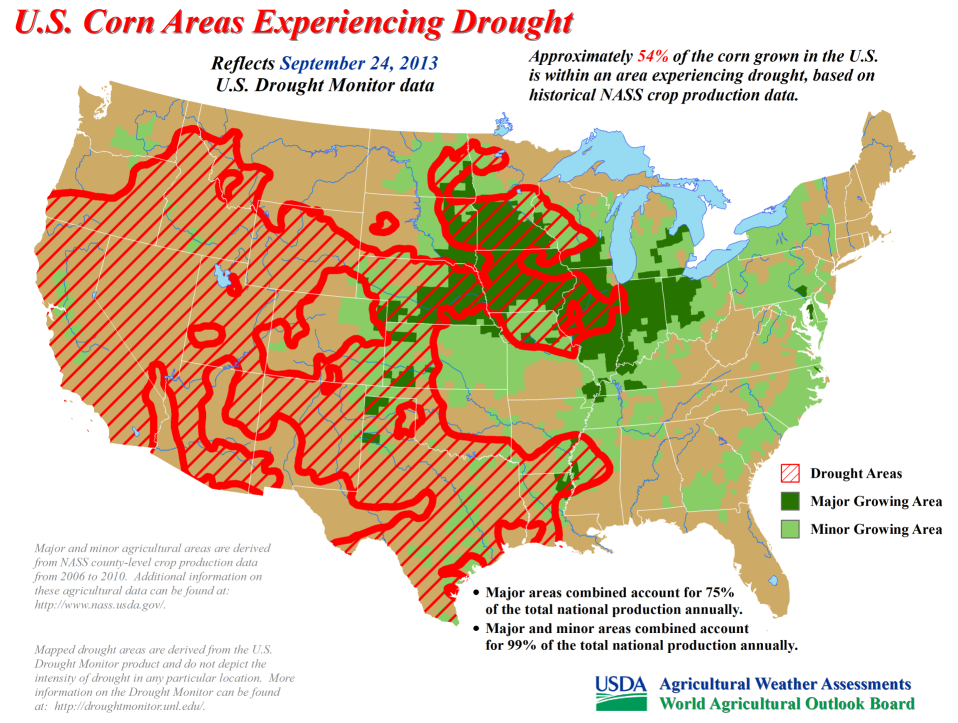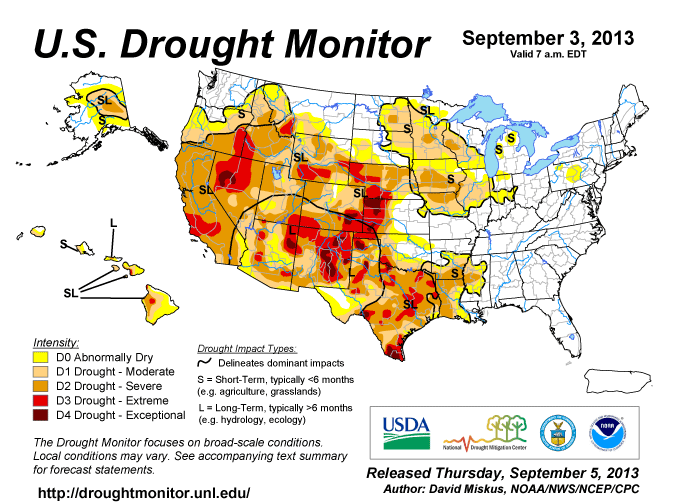The fall season is a common time for application of fertilizer and manure. Here are a few tips to consider as you plan those applications.
- Use current soil sample test results to guide need for phosphorus and potassium applications.
- Monitor soil pH and consider lime applications in the fall to give time for soil pH correction before next years’ crop.
- Avoid surface phosphorus applications immediately before heavy rainfall events.
- Incorporate phosphorus fertilizer and manure to lessen surface runoff. However, avoid tillage if erosion is a concern, especially in low residue situations. Or, subsurface band fertilizers if using tillage systems such as strip till.
- Inject manure to avoid nitrogen volatilization losses, reduce odors, and place phosphorus away from the soil surface.
- Wait until soil temperatures are below 50○F and trending colder before making fall anhydrous ammonia applications.
- If possible, wait for cold soil temperatures (see above) before applying manure that has high ammonium-N content, like liquid swine manure.
- While fall is a nice time to make fertilizer applications, spring or sidedress is preferable for applying nitrogen.



